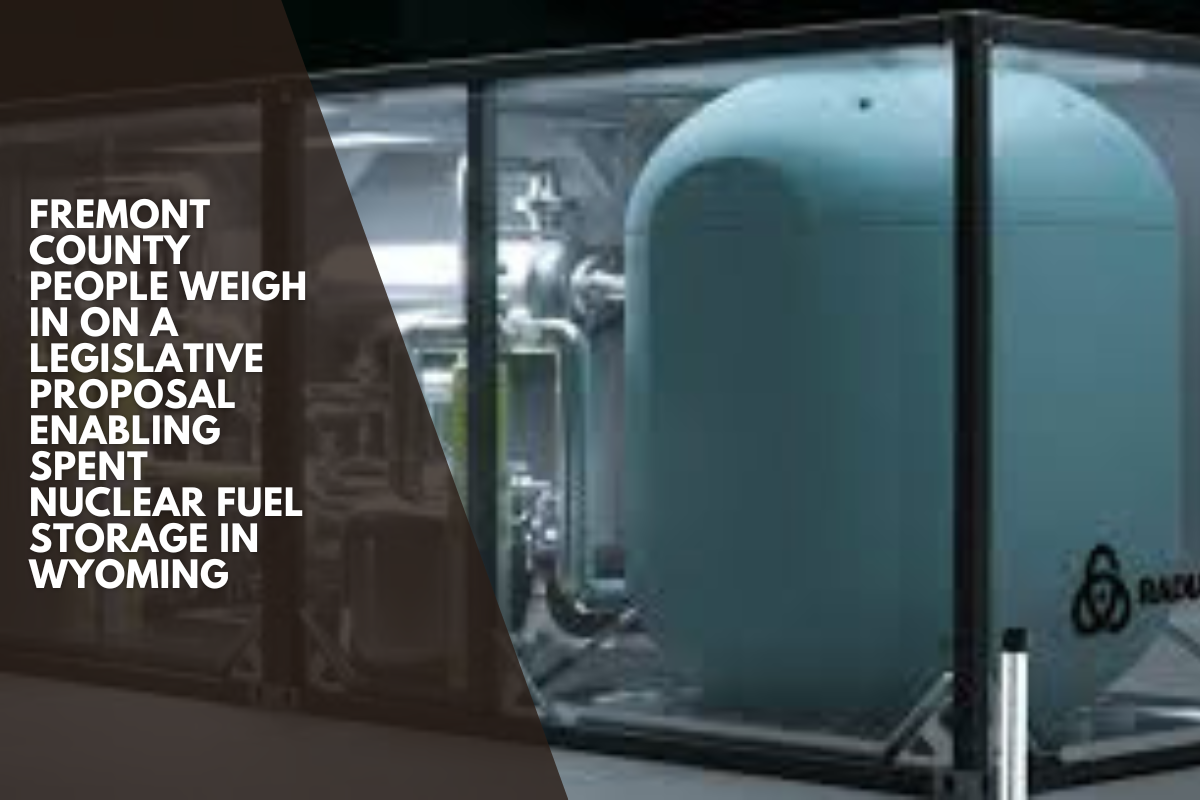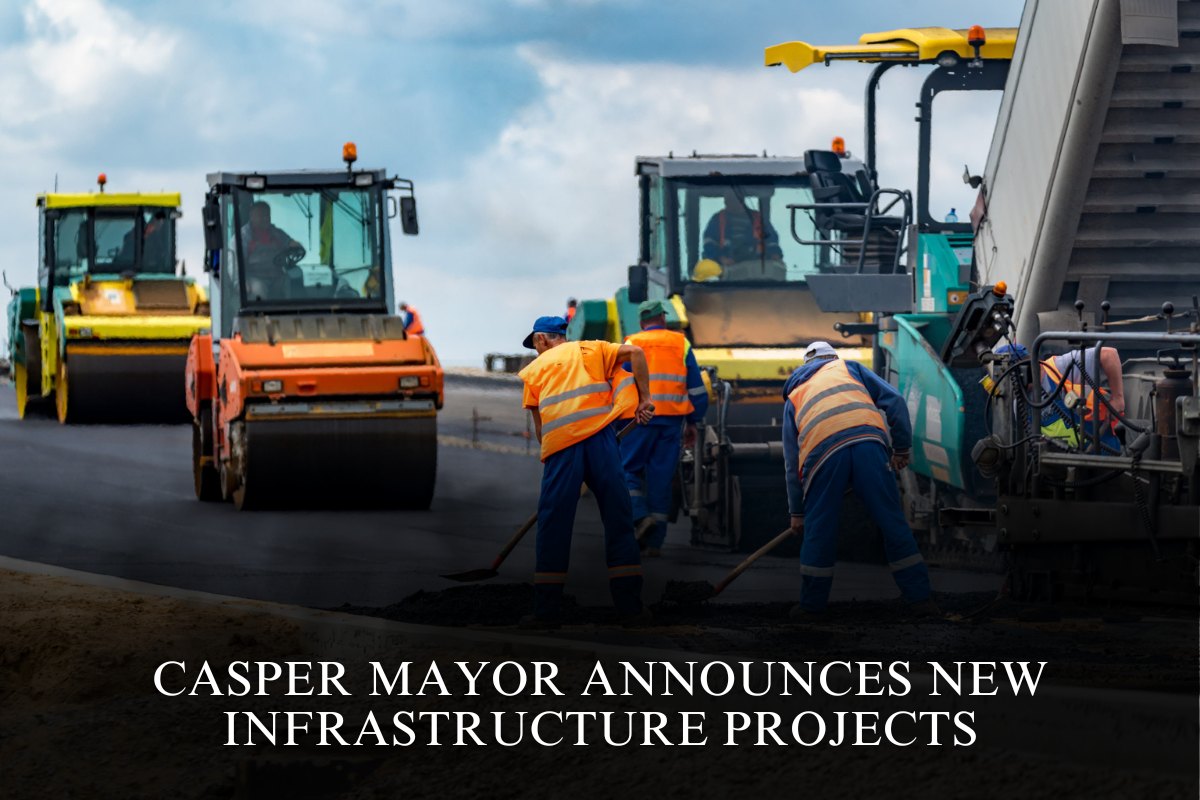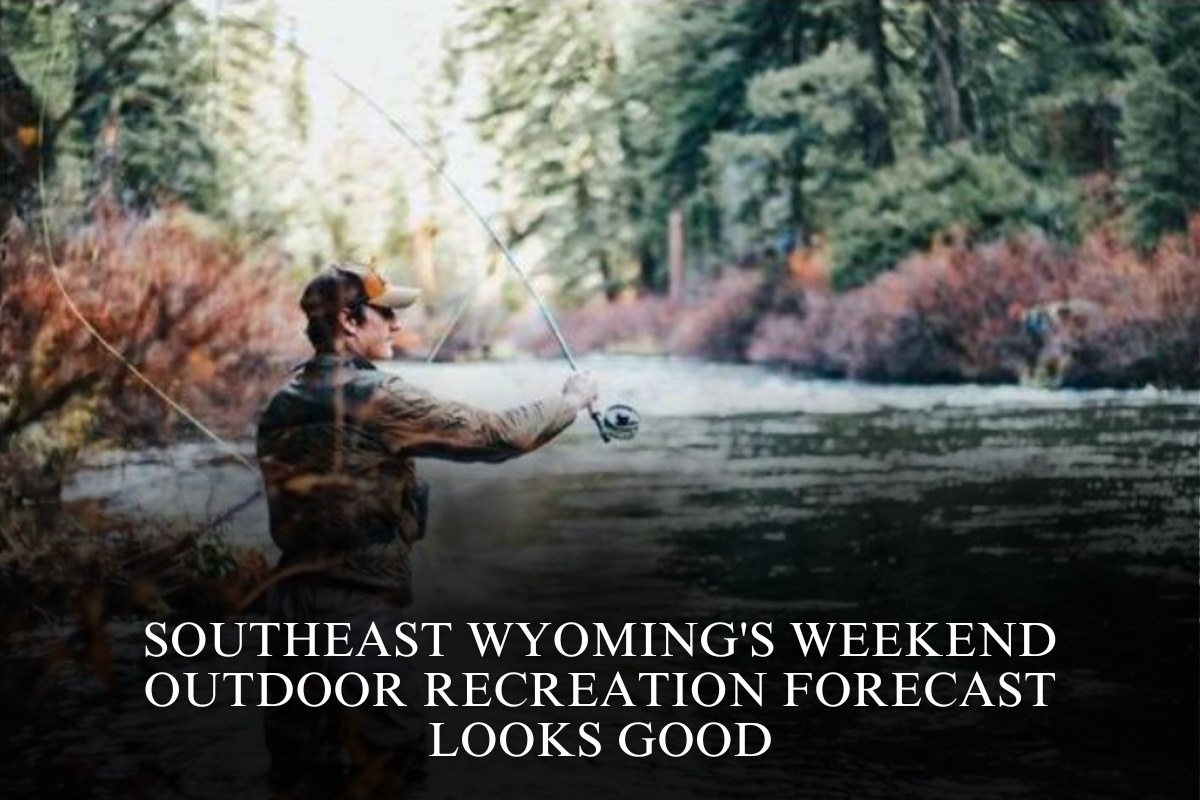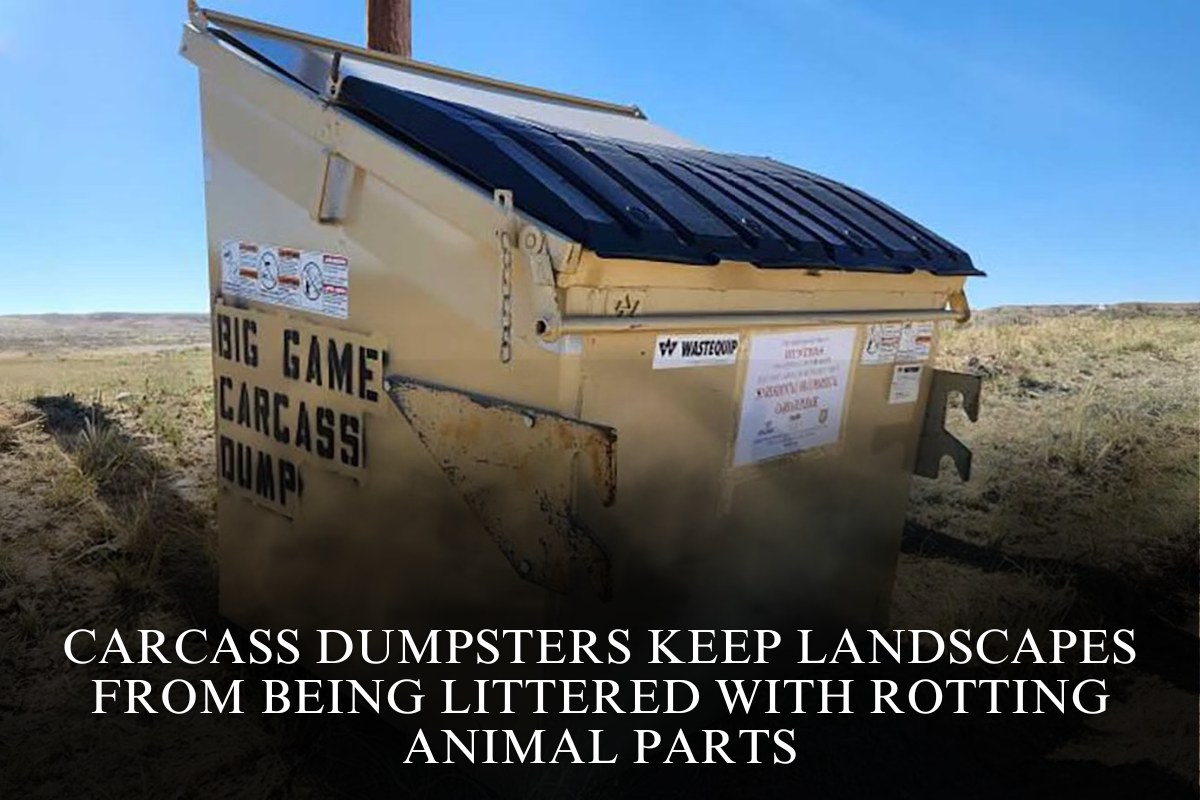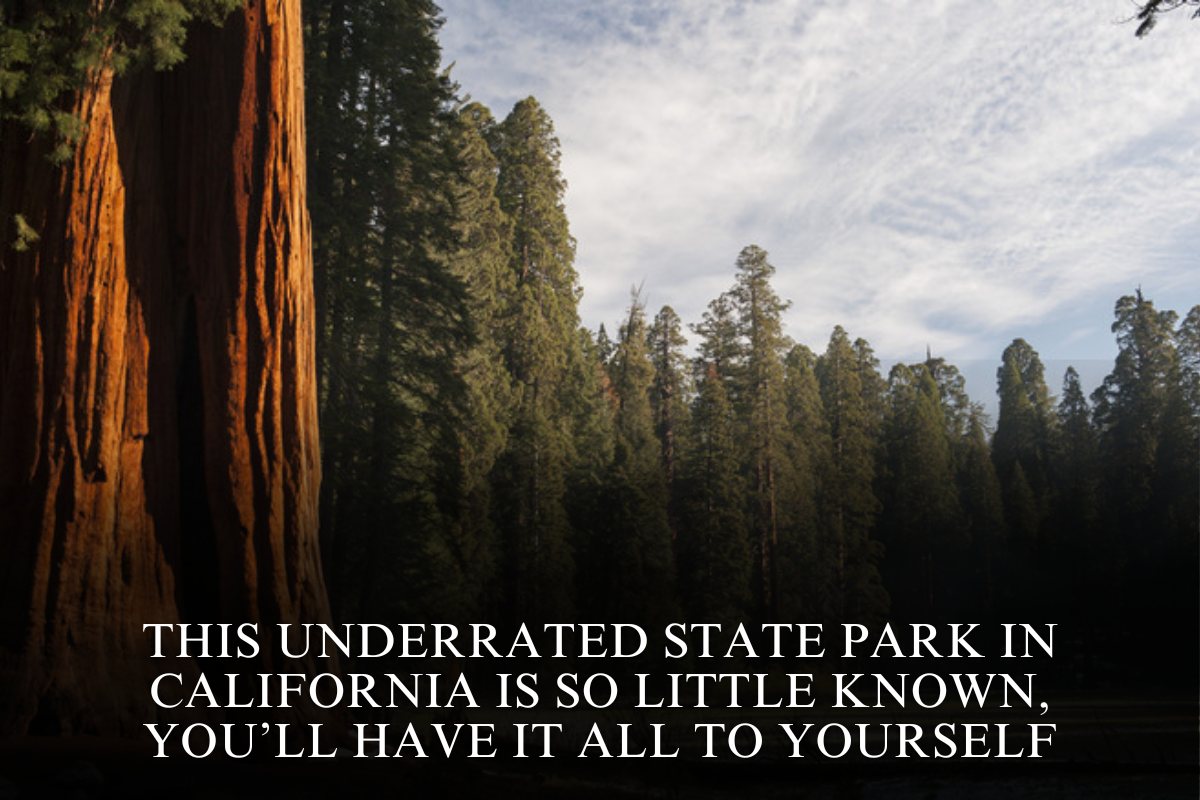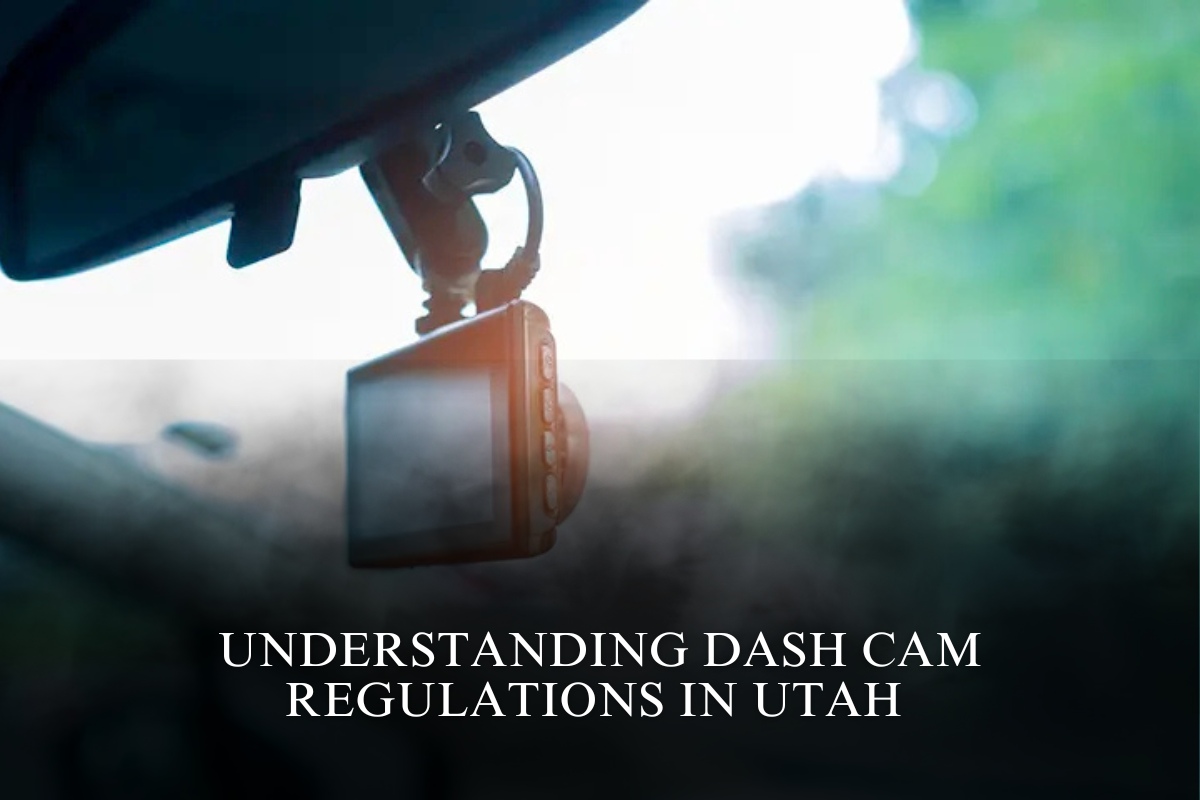(Casper, WY) – Several Fremont County residents testified at a legislative committee meeting last week, providing feedback on a proposed bill draft authorizing the storage of spent nuclear fuel in Wyoming.
Wyoming Representative Lloyd Larsen, R-Lander, presented the bill draft to the Minerals, Business, and Economic Development Committee on July 30. He described the proposal as an opportunity to support President Donald Trump’s recent executive order “Reinvigorating the Nuclear Industrial Base.”
According to the executive order, “it is the policy of the United States to expedite and promote to the fullest possible extent the production and operation of nuclear energy to provide affordable, reliable, safe, and secure energy to the American people.”
“This is an exciting time for nuclear,” Larsen informed the committee. “There’s a sense of urgency to complete this task quickly. (So) I believe it is worth our effort to ensure that Wyoming is not dragging us behind and slowing down this process.”
Bill draft
The bill draft Larsen presented last week adds the phrase “advanced nuclear reactor manufacturer” to Wyoming Statute 35-11-15, which governs radioactive waste storage facilities in the state.
The term refers to “a person that is physically located in Wyoming and that manufactures and deploys advanced nuclear reactors (and) refurbishes or refuels those advanced nuclear reactors at the Wyoming manufacturing location.”
The bill draft also includes the term “installation” in the statute, which means “a facility for the storage of spent nuclear fuel and high-level radioactive waste that is owned or operated by an advanced nuclear reactor manufacturer (in) Wyoming.”
According to the bill draft, installations would be required to obtain a license from the United States Nuclear Regulatory Commission before construction and operation, but they would also be subject to the state’s Industrial Development Information and Siting Act.
Larsen stated that subjecting the installations to the IDISA will “give the public greater input” into the approval process.
Later, Department of Environmental Quality Director Todd Parfitt explained that IDISA applicants must consult with local governments about their projects, follow local ordinances and land use plans, and allow local entities to ask questions at least 30 days before submitting an application.
Involving the IDISA also gives the state more control, Larsen said, noting that even if an installation had an NRC license to construct and operate in Wyoming, the project couldn’t move forward until it was approved under IDISA.
Economic development
Wyoming Rep. Martha Lawley, R-Worland, stated that the IDISA provision of the bill, along with the requirement that the DEQ review financial assurances for the decommissioning and reclamation of any installations to ensure there is adequate financial assurance to cover the estimated cost, represents “an attempt to really respond to the people of Wyoming’s concerns” about spent nuclear fuel storage.
“(This gives) additional state oversight above and beyond the NRC, protecting the interests of Wyoming and providing processes to really deal with additional financial assurances from Wyoming’s perspective,” according to her. “We are trying to look out, uniquely, for the people of Wyoming.”
The bill also aims to “open the door here in Wyoming to have (these) businesses come and operate safely within the state,” according to Larsen.
“Wyoming is really set … to be a driver – not only nationally, but globally – in all issues regarding nuclear energy,” he told reporters. “Is Wyoming open for business?” … That is the question that we will answer with this bill.”
Wyoming Sen. Ed Cooper, R-Ten Sleep, stated that local residents “have been begging us for years to come up with a new industry” to diversify the state’s economy, referring to nuclear energy as “the future of Wyoming.”
“Is this the ideal industry? “I don’t know,” Cooper replied. “This is a good, strong industry. It will experience significant growth. (And) we have five or six companies sitting on the sidelines, waiting to see what Wyoming will do – whether Wyoming will support the nuclear industry.”
One of these companies is Radiant Nuclear, a “clean energy startup” that is developing “the world’s first portable, zero-emissions power source that works anywhere,” according to its website.
Radiant’s Chief Nuclear Officer Rita Baranwal told the Minerals Committee last week that the one-megawatt microreactors would be tested at the Idaho National Laboratory in April of next year.
This test will be “the first proof point in delivering President Trump’s promise to unleash energy independence and boost energy that works for everyone,” according to her.
“It’s going to be an amazing win for the president, for the country, and potentially for Wyoming – a state here that already leads the nation in uranium mining and energy know-how,” Baranwal told the crowd. “(We could) turn Natrona County into the center of a growing, profitable industry that’s going to keep our kids and grandkids gainfully employed for generations.”
Wyoming Rep. Bill Allemand, R-Midwest, had a different vision for the future, predicting that the bill draft Larsen presented last week would “open (the) door to letting Wyoming become the nation’s radioactive dumping ground under the vague promise of jobs and economic opportunity.”
“This bill proposes that advanced nuclear manufacturers be allowed to store their spent fuel on-site indefinitely, but there is no realistic path for removing that waste,” Allemand told reporters. “For decades, the federal government has failed to establish a permanent repository, and this waste will remain in place until then.” Once it reaches our borders, we’re stuck with it.”
Several people echoed those remarks during public testimony last week, sharing stories about previous security failures that exposed people to radioactive waste.
For example, Northern Arapaho Tribal Member Avilia (Rae) Friday discussed the Uranium Mill Tailings Remedial Action site south of Riverton, where a uranium mill operated from 1958 to 1963, according to Wyoming Sen. Tara Nethercott, R-Cheyenne, who grew up in Fremont County.
The mill contaminated the local water, and “it’s still contaminated to this day,” according to Nethercott.
As a result, Friday, who lives near the site, said she was diagnosed with breast cancer four years ago, and other family members “that live on the reservation surrounding the UMTRA site have passed away from cancer-related illnesses.”
“I’ve had a lot of relatives pass on because of this exposure,” she said. “We do not want nuclear business here. They’re contaminating our lives.”
Native Americans are taught “to always take care of our land, our water, the air, (and) the people that are here,” according to Friday, a sentiment shared by Northern Arapaho Tribal Member Nicole Wagon when explaining her opposition to the bill draft last week.
“I’m against this due to the fact of what we stand for with our culture – to protect our land, the air, the water, and the fish and the game,” Wagon told reporters. “I hope people take their time with testing and decide not to invite it to Wyoming.” “Our people have gone through enough.”
‘Change Some Minds’
Will Almas of Lander, who previously worked in the uranium mining, rare earth processing, and oil industries, also testified at last week’s meeting, stating that UMTRA sites such as the one south of Riverton were the result of “uncontrolled handling” of radioactive materials “in a totally different (regulatory) environment.”
“(It was) terrible,” he said. “They were simply disposing of waste in ditches on the prairie.
“My remarks are not intended to diminish the tragedy of how it was handled – but we learned a lot, unfortunately, from the tragedy that followed. “You can’t compare that to a modern manufacturing facility in Wyoming.”
Based on his own observations, Almas stated that the methods used by companies such as Radiant to store spent nuclear fuel appear to be “very safe” – but because the process is still in development, it is “hard to provide unqualified support.”
“I can’t wholeheartedly endorse the project because we don’t know what the design and operation procedures are going to be,” he said. He encouraged Radiant and other manufacturers with similar ideas to keep local communities informed as plans for spent nuclear storage are refined.
After hours of public testimony last week, Wyoming Sen. Jim Anderson, R-Casper, chaired the Minerals Committee and decided to table the bill Larsen had presented, saying “it needs some more work.”
“We’ve got five months to work it to see if we really can change some minds in Wyoming,” Anderson told the crowd.
The Minerals Committee is not currently scheduled to meet before next year’s legislative session, but Anderson indicated that he would consider requesting an additional meeting date.
